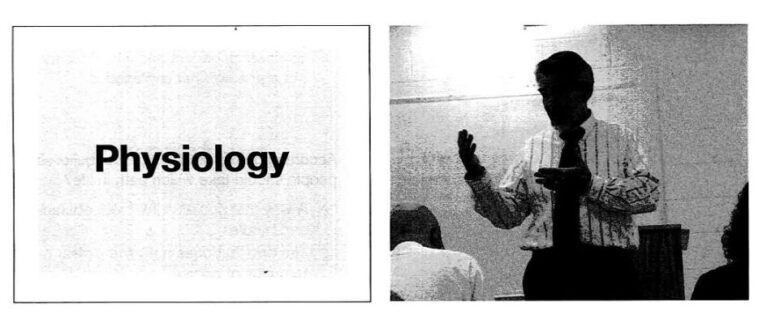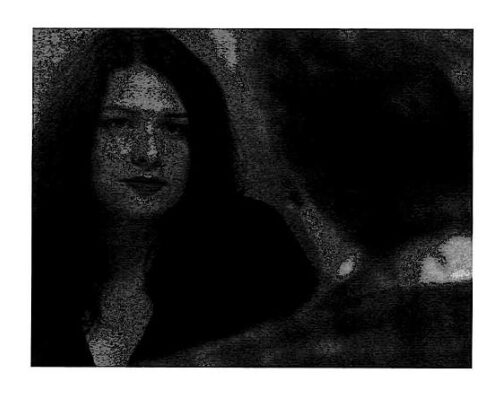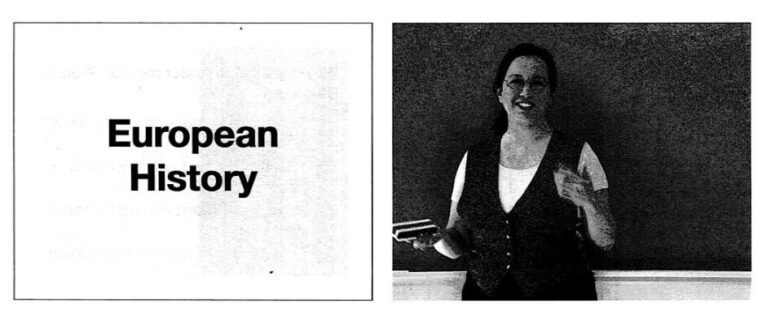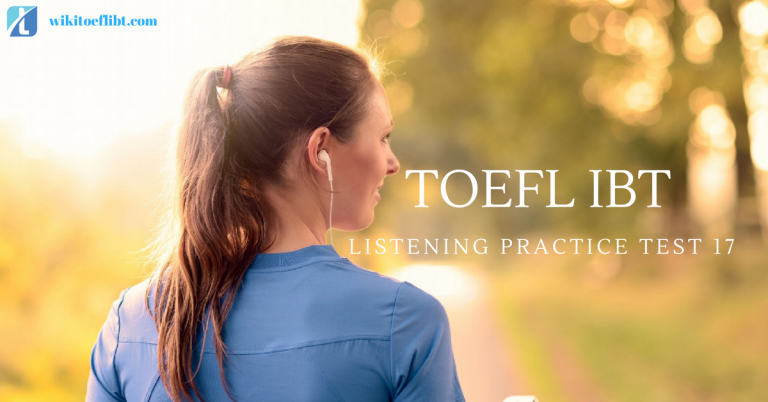Lecture 18-23:0 Listen to part of a lecture in a physiology class.

18. What is the main topic of the lecture?
A comparison between skeletal muscle and smooth muscle
B How voluntary and involuntary muscles are different from one another
C The differences between the body’s three different muscle types
D The process of muscle movement originating from the ANS and SNS
19. According to the professor, what is a distinguishing characteristic of skeletal muscles?
A. They connect to bones via separate connective tissues like ligaments and tendons.
B. They are controlled by the somatic nervous system and are involuntary.
C. They line the outer edge of major respiratory organs such as the lungs.
D. They comprise small muscle groups of the human body and are banded together.
20. Why does the professor mention the biceps?
A. To show how muscles always pull and never push
B. To indicate what striated muscles look like
C. To explore the major muscles of the arm
D. To give an example of a major skeletal muscle
21. What does the professor imply about smooth muscle?
A. It is usually found in thin layers between tendons and bone.
B. It is critical to the human body because it aids in breathing.
C. It is controlled essentially by the autonomic nervous system.
D. It contains a heavy network of blood vessels to keep it functioning.
22. According to the professor, what is true of cardiac muscle?
A. It is also a combination of both smooth and skeletal muscle.
B. It is more similar to skeletal muscle than smooth muscle.
C. It always requires electric impulses from the brain and ANS to function.
D. It lines the walls of the stomach, which makes digestion more efficient.
23. Are the following characteristics of cardiac, smooth, or skeletal muscles?
Click in the correct box for each sentence.
| Cardiac | Smooth | Skeletal | |
| A. The latissimus dorsi is an example of this type. | |||
| B. This type of muscle lines the intestines. | |||
| C, This is the most abundant muscle in the human body. | |||
| D. This type of muscle is a mix of the other two. |
Conversation 24-28: Listen to part of a conversation between a student and a professor.

24. Why does the student visit the professor?
A To get the professor’s permission for something
B To enroll in one of the professor’s classes
C To ask about taking Professor Marrone’s class
D To find out if she can take a full load of classes
25. How does the student feel about her Latin class?
A She thinks it is very straightforward.
B She dreads having to take it.
C She thoroughly enjoys the class.
D She thinks she can handle the work.
26. Listen again to part of the conversation. Then answer the question.
A She got excellent grades in her science classes.
B Her major back in college was one of the sciences.
C She did not get high grades in her science classes.
D She wisnes that she could take a science class again.
27. Listen again to part of the conversation. Then answer the question.
A The student has done a satisfactory job.
B The student has thought about it a lot.
C The student needs to reconsider her idea.
D The student will probably do very well.
28. Why does the professor mention Professor Davidson?
A To say that he does not easily hand out high grades
B To state that the student will enjoy his class
C To remind the student that he teaches Latin classes
D. To inquire as to whether the student had taken him before
Lecture 29-33: Listen to part of a lecture in a European history class.

29 What aspect of the Black Death does the professor mainly discuss?
A Its socio-economic impact on fourteenth- century Europe
B The root of its cause and what was done to cure it
C Its onset and how the two strains were able to spread
D Its death toll and how it affected certain populations
30. What can be inferred about the pneumonic plague?
A. It paled in comparison to the death caused by the bubonic plague.
B. It was probably originally spawned by the bubonic plague.
C. It proved fatal within a few days to anyone who contracted it.
D. It attacked the lymph nodes and immune system in the human body.
31 Listen again to part of the lecture. Then answer the question.
A. She believes the cities were the ideal breeding ground for a plague.
B. She thinks a cleaner lifestyle could have reduced the devastation.
C. She considers the polluted environment to be the root of the Black Death.
D. She thinks Europeans should have put more importance on garbage collection.
32. According to the professor, how did population affect the spread of the Black Death?
A More densely populated areas allowed it to stay around longer.
B The sparsely populated areas helped it to spread more quickly.
C It did little to affect its spread because the disease was not contagious.
D Populations big or small had nothing to do with the proliferation of the plague.
33. Are the following characteristics of the bubonic or pneumonic plague?
Click in the correct box for each sentence.
| Bubonic | Pneumonic | |
| A It had a 100% fatality rate. | ||
| B It was contracted from rodents. | ||
| C It was passed from human to human. | ||
| D It affected a larger portion of the population. |

